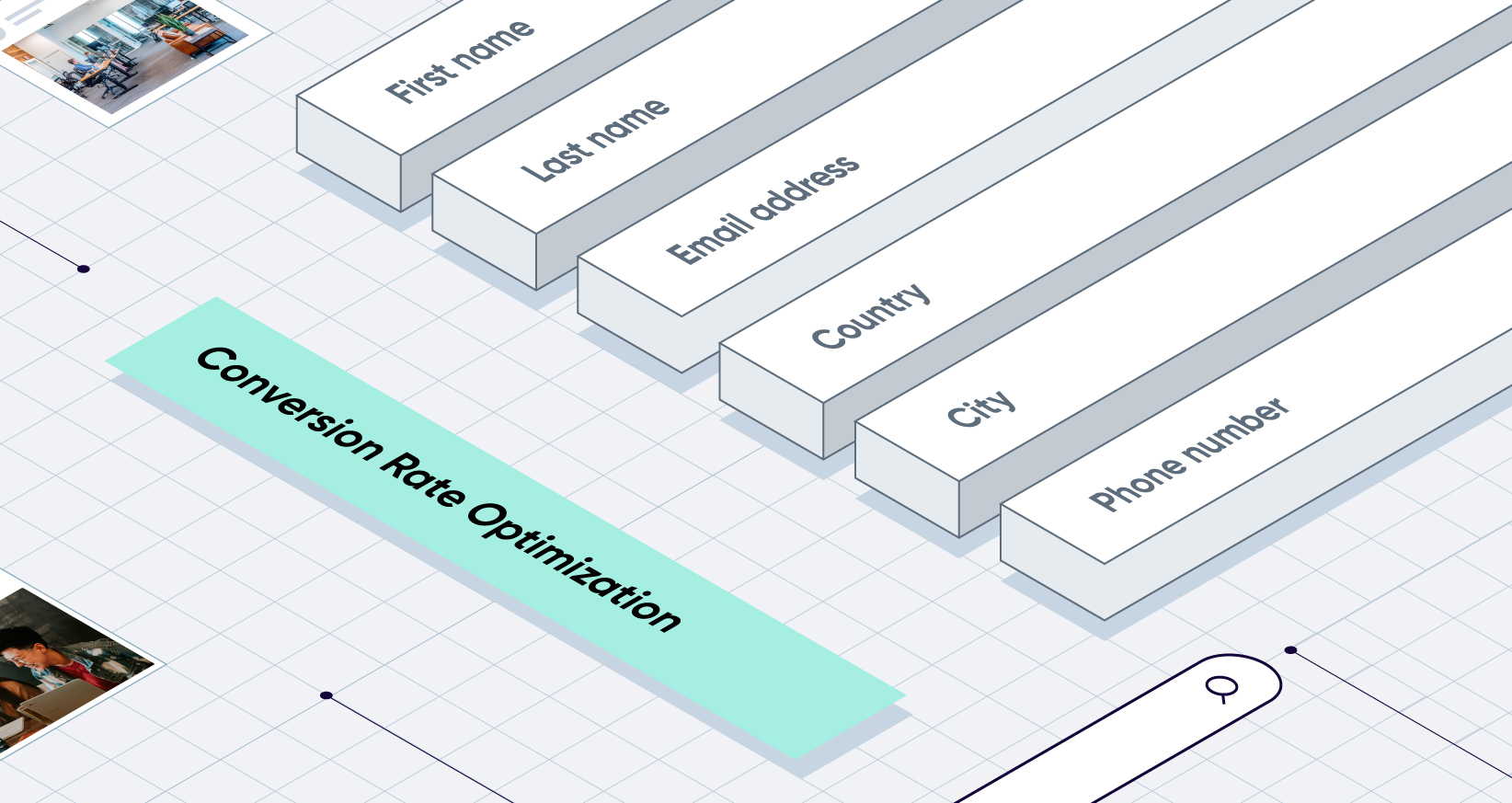Anyone who thinks that the best recruits always gravitate toward the highest salaries hasn’t been in recruitment very long. Money and benefits are important, of course, but company culture, intellectual stimulation, work-life balance, career advancement opportunities, and a myriad of other factors can play just as meaningful of a role when it’s time for a candidate to select the right offer. Taken together, these non-monetary considerations comprise your company’s employee value proposition (EVP), and they can have an outsized impact on your ability to attract top talent to your company.
Not only can a strong, well-defined EVP help smaller businesses with less impressive financial resources compete with larger companies for skilled workers, it can help differentiate a business from its competitors and help it to stand out in an increasingly crowded talent marketplace. More than that, an enticing EVP can help to strengthen your employer brand and gain you a reputation as an excellent place to work. A recent Glassdoor study found that 69% of American workers wouldn’t sign with an employer they didn’t find reputable—even if they were currently jobless. If that statistic is startling, it should also serve as an indication of how crucial your EVP can be to your overall recruiting efforts. But what are the best ways to highlight your employee value proposition in your recruitment marketing?
1. Define Your EVP
This step might seem obvious, but the first thing any recruitment marketer needs to do in order to emphasize their company's EVP is to define exactly what that EVP is. Ask yourself what your company’s work environment is like: does it provide the opportunity for achievement and recognition? Does it prioritize work-life balance? Is the work challenging? How flexible is the environment? By the same token, you should ask yourself about your company’s culture and career paths: Is the team spirit collaborative or independent? Are there opportunities for new hires to advance their careers, either through promotions or education opportunities? Once you’ve answered these questions for yourself, it would be prudent, if possible, to take the temperature of other employees and see if they see the company the same way. Remember, the goal is to create an accurate picture of your business’ value to employees in a way that answers the question, “What do I get out of working here?”
2. Develop Your Employee Personas and Tailor Your Message to Them
Once your EVP is defined, it’s time to understand how the components of that value proposition relate to your employee personas. For the uninitiated, employee personas are fictional job seekers who represent your ideal candidate for each position you’re trying to fill. Existing team members can be used as guideposts to help you determine what type of candidate would thrive in your work environment and contribute to your company’s mission, culture, and values. Once these personas are well-defined, you can begin to craft different messages to each of them. Obviously, your overall employee value proposition will remain static regardless of what demographics you’re aiming at, but different elements of that EVP can and should take center stage depending on what position you’re trying to attract applicants for. For instance, opportunities to speak at conferences or to conduct some independent research might pique the interest of more senior or mid-level software developers, while younger potential applicants for your entry-level positions might be more interested in education opportunities or a flexible work environment.
3. Target Those Personas Through Social Media and Other Campaigns
Once you’ve established your different personas and targeted specific aspects of your EVP to them accordingly, it’s time to really put your message out there. After all, a great employee value proposition doesn’t help your company if no one knows about it. Just as you’ve segmented your messaging by persona, it’s time to segment your personas by channel and medium. Studies have found that among Facebook users (a group that comprises more than two-thirds of American adults), 70% check the platform daily. This number demonstrates pretty clearly the power of social media in general as a means of reaching not just active job seekers, but passive job seekers as well. That said, Facebook isn’t necessarily the ideal place to find any given employee persona. Different demographics flock to different social media sites, and it’s crucial to do your research and pair each persona with the most compatible platforms. More than that, it’s important to follow design best practices to create ads and listings that will appeal to your ideal candidates—logic that applies not just to social media platforms, but to e-mail marketing campaigns and other outreach attempts.
Pro tip: Users are 44% percent more likely to engage with brands that post pictures or videos than brands that only utilize text.
4. Turn Employees Into Brand Ambassadors
While it’s crucial to have a coherent digital strategy for communicating your EVP to potential candidates on the web, businesses sometimes forget that, when it all is said and done, their employees are their more powerful assets. By teaching the people within your organization about EVP, you give them the tools to share their enthusiasm about your company’s mission, culture, and values in a way that strengthens your employer brand. If you’ve truly succeeded in creating an environment where employees feel valued, those employees will be excited to share your EVP in person and on social media in a manner that feels unique, personal, and trustworthy to those around them. Not only can this help to highlight your unique EVP, it can lead directly to high quality candidate referrals (especially if you have a referral bonus or incentive system in place).
5. Use Metrics to Track Your Success
Now comes the fun part: once your employee value proposition is defined, disseminated throughout the company, and targeted to the appropriate employee personas through social and e-mail campaigns, it’s time to start measuring the effectiveness of these efforts through key performance indicators (KPIs). You can poll internally and externally before and after you’ve incorporated your EVP into your recruitment marketing to measure changes in how your business is perceived. At the same time, it’s crucial to track the impact of any changes in perception on your overall talent pipeline by measuring changes in total applicants, quality applicants, time to hire, time to fill, cost per hire, etc. over time. And don't be afraid to get deep into the weeds. Since your messaging will be segmented into different personas and platforms, you can track the effectiveness of particular social media sites and particular messaging strategies individually in order to identify areas where your EVP could be communicated in a stronger way. Building an employer brand that entices applicants is the hard part, but tracking your progress in this way ensures that you can avoid past mistakes and replicate your successes—leading to a stronger talent pipeline and easier recruitment overall.







